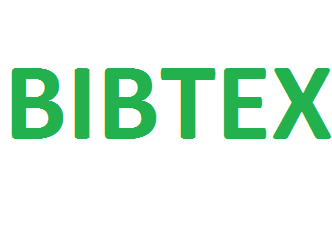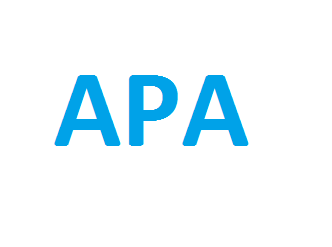
The Academic Perspective Procedia publishes Academic Platform symposiums papers as three volumes in a year. DOI number is given to all of our papers.
Publisher : Academic Perspective
Journal DOI : 10.33793/acperpro
Journal eISSN : 2667-5862
Determination of the optical properties of bovine liver tissue using integrating sphere technique
Halil Arslan;Yasar Baris Dolukan
1120
629
Abstract
The optical properties (absorption and reduced scattering coefficients, µa and µs) of bovine liver tissue for 635 nm has been determined by using integrating sphere and inverse adding-doubling (IAD) techniques. For this purpose, total reflectance and total transmittance values of bovine liver tissue sample, which is placed between two microscope slides, have been measured by using single-sphere system. The measured values have been used as input parameters for IAD program to extract the µa and µs of the sample. In this study, µa and µs of bovine liver tissue for 635 nm have been determined to be 0.22 mm-1 and 0.51mm-1, respectively. These values, which yield 1.44 mm penetration depth, are in good agreement with the ones in the literature.
Keywords:
Optical properties, Liver tissue, Integrating sphere
References
[1] M. A. Ansari, The effects of tissue optical parameters and interface reflectivity on light diffusion in biological tissues, World Academy of Science, Engineering and Technology, vol. 12 no. 5 pp. 2061-2064, 2011
[2] G. Keiser, Biophotonics concepts to application. 1st ed. Singapore,2016
[3] V. Tuchin,Tissue optics Light scattering methods and instruments for medical diagnosis, 2nd ed.,Washington USA,2007
[4] S. Thompson, Photodynamic therapy utilizing interstitial light delivery combined with spectroscopic methods, PhD thesis, Lund University,2004
[5] N. Yavari, Optical spectroscopy for tissue diagnostics and treatment control,Ph.D thesis, University of Bergen,2006
[6] S. A. Pharl, M.J. C. van Gemert, A.J. Welch, Determining the optical properties of turbid media by using the adding-doubling method, Apply. Optics , vol.32 no.4 pp.559-568, 1993
[7] H. S. Lim,Reduction of thermal damage in photodynamic therapy by laser irradiation techniques, Journal of Biomedical Optics, 17(12),128001-9,2012
[8] D.A.Boas, C. Pitris, N. Ramanujam, Handbook of Biomedical Optics,1st ed.,USA ,2016
[9] P. Parsa, S. L. Jacques, N. S. Nishioka, Optical Properties of rat liver between 350 and 2200 nm, Appl. Opt., vol.28 pp.2311-2317,1989
[10] R. Marchesini,A. Bertoni, S. Andreola, E. Melloni, A. E. Sichirollo, Extinction and absorption coefficients and scattering phase function of human tissues in vitro, Appl. Opt., vol. 28 pp.2318-2324, 1989
[11] J. L. Karagiannes, Z. Zhang, B. Grossweiner, L. I. Groosweiner, Applications of the 1-D diffusion approximation to the optics of tissue and tissue phantoms, Appl. Opt., vol.28 pp. 2311-2317,1989
[12] A. Kienle, L. Lilge, M. S. Patterson, R. Hibst, R. Steiner, B. C. Wilson, Spatially resolve absolute diffuse reflectance measurements for noninvasive determination of the optical scattering and absorption coefficients of biological tissue, Appl. Opt., Vol.35 pp. 2304-2314,
1996
[13] Y. B. Doluğan, A.N. Ay, H. Arslan, Measurement of the optical penetration depth in calfliver tissue at 635 nm, Turkish physical society 33rd international physics congress, pp. 434, 2017
Cite
-
 %0 Academic Perspective Procedia (ACPERPRO) Determination of the optical properties of bovine liver tissue using integrating sphere technique% A Halil Arslan , Yasar Baris Dolukan% T Determination of the optical properties of bovine liver tissue using integrating sphere technique% D 11/9/2018% J Academic Perspective Procedia (ACPERPRO)% P 248-252% V 1% N 1% R doi: 10.33793/acperpro.01.01.46% U 10.33793/acperpro.01.01.46
%0 Academic Perspective Procedia (ACPERPRO) Determination of the optical properties of bovine liver tissue using integrating sphere technique% A Halil Arslan , Yasar Baris Dolukan% T Determination of the optical properties of bovine liver tissue using integrating sphere technique% D 11/9/2018% J Academic Perspective Procedia (ACPERPRO)% P 248-252% V 1% N 1% R doi: 10.33793/acperpro.01.01.46% U 10.33793/acperpro.01.01.46
© Academic Perspective 2018. All rights reserved.




